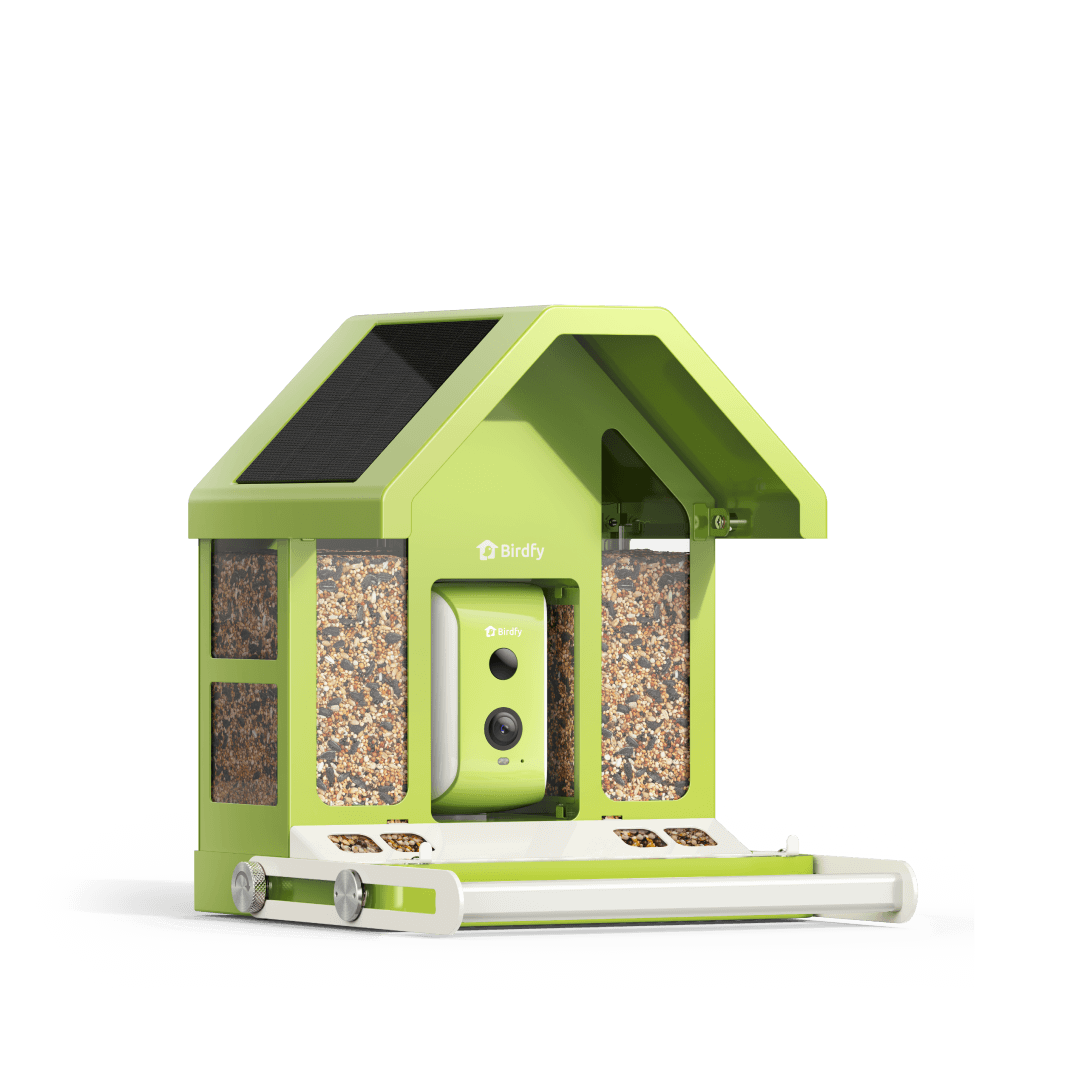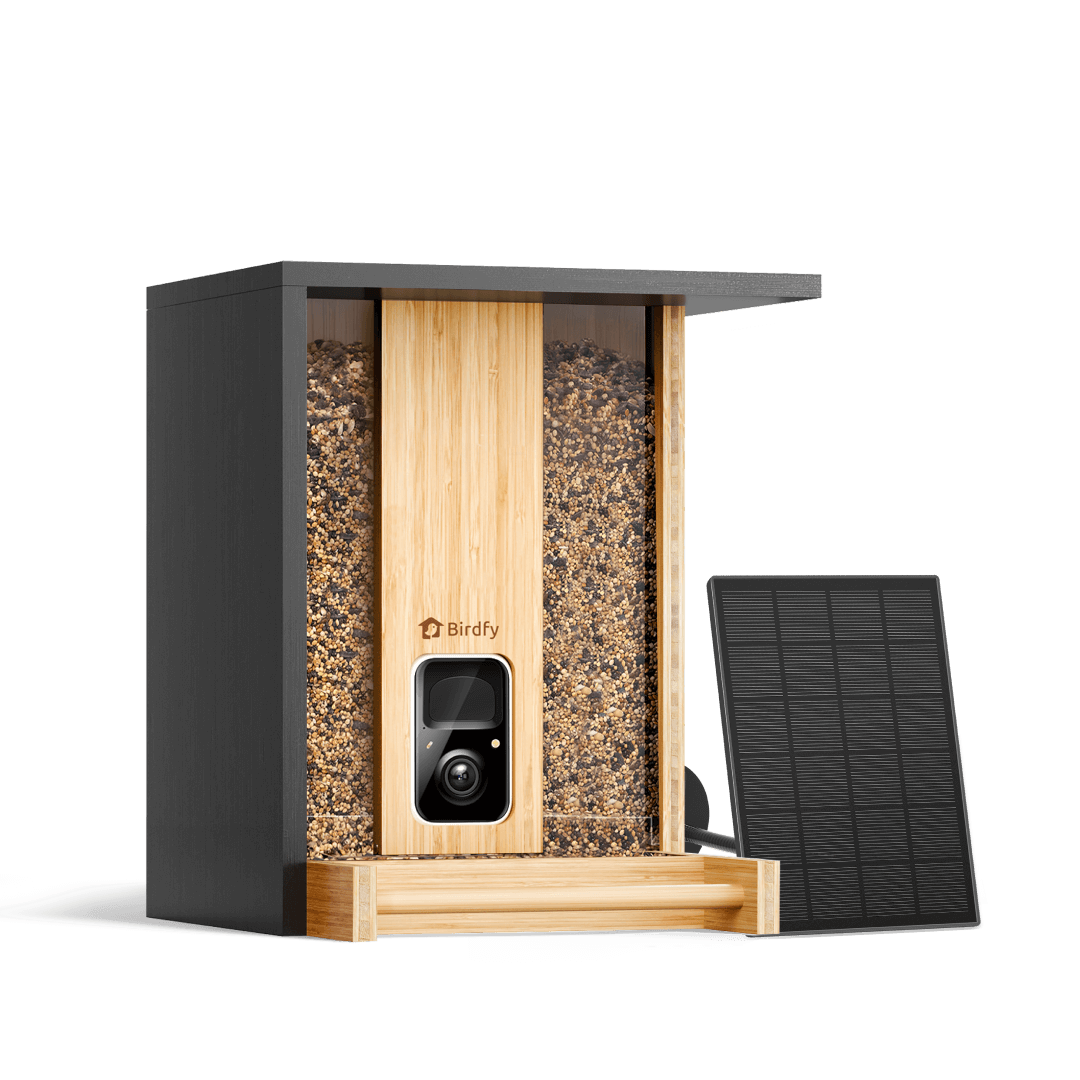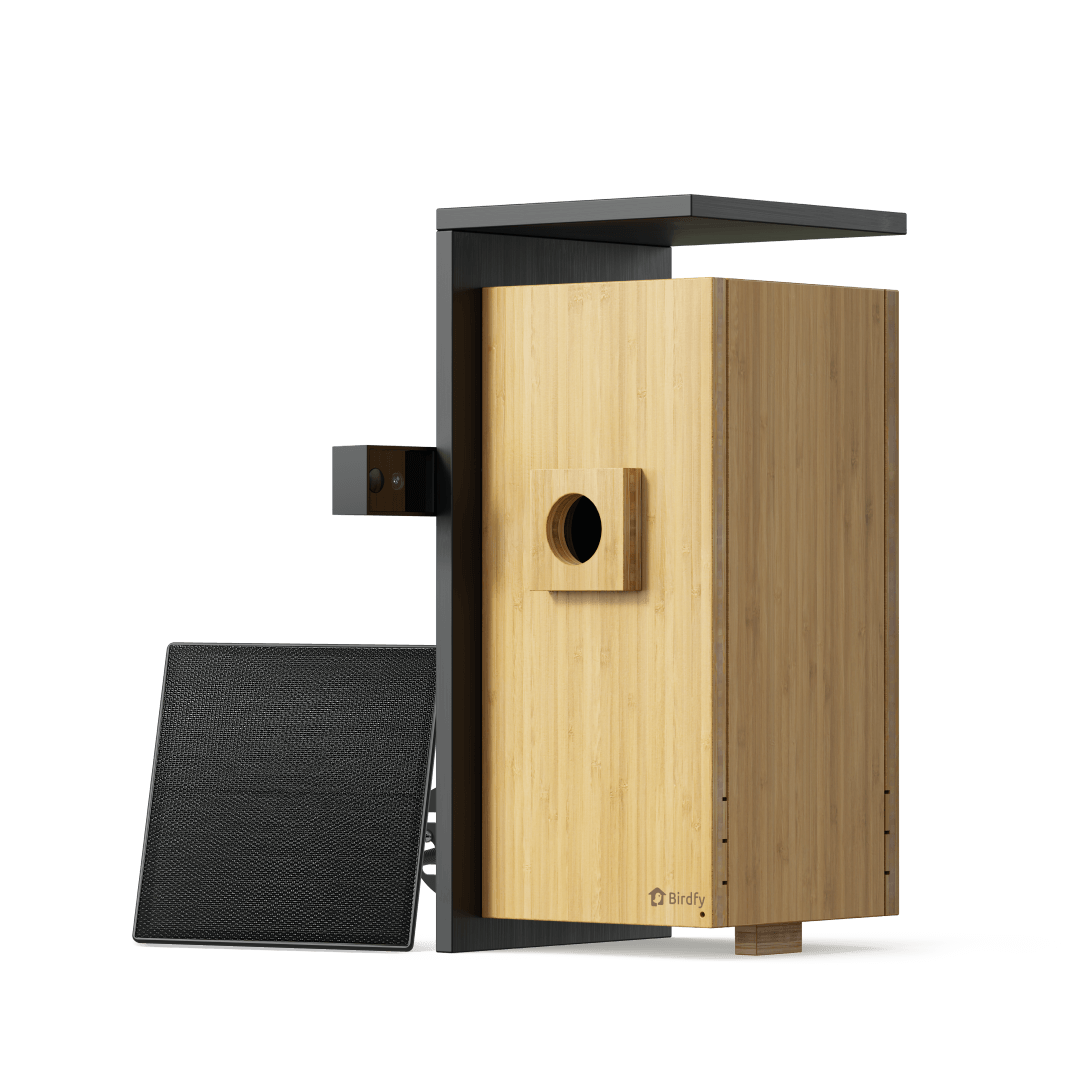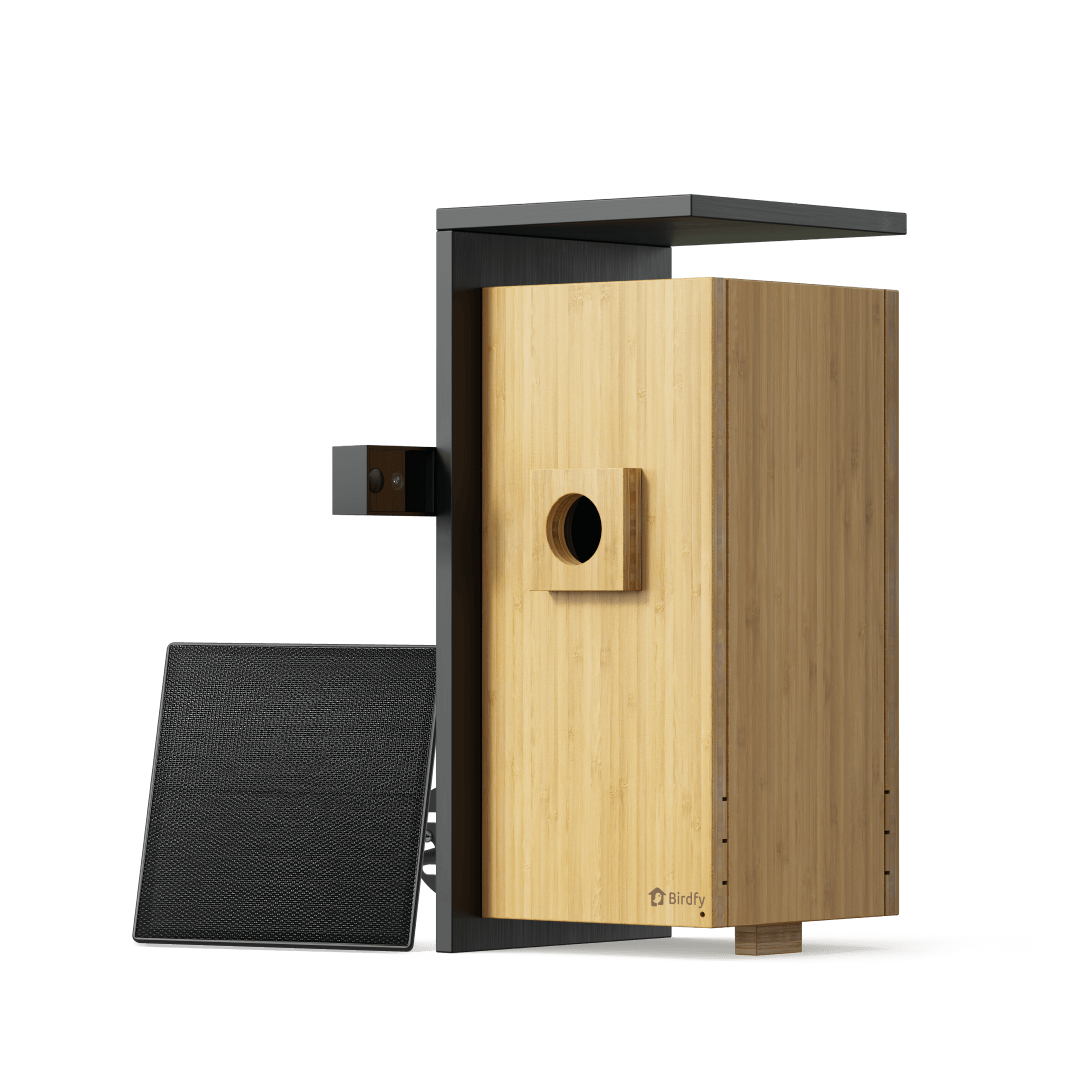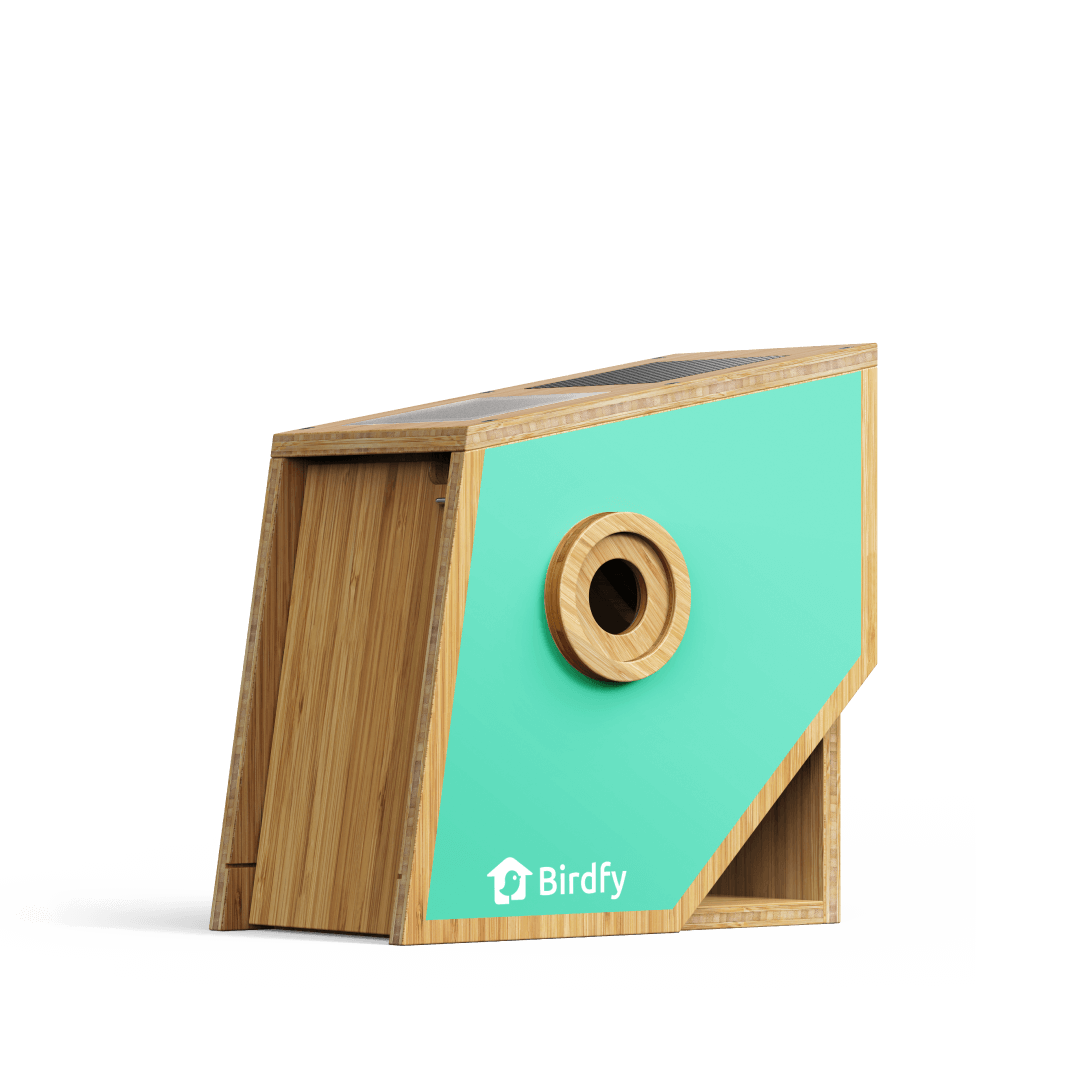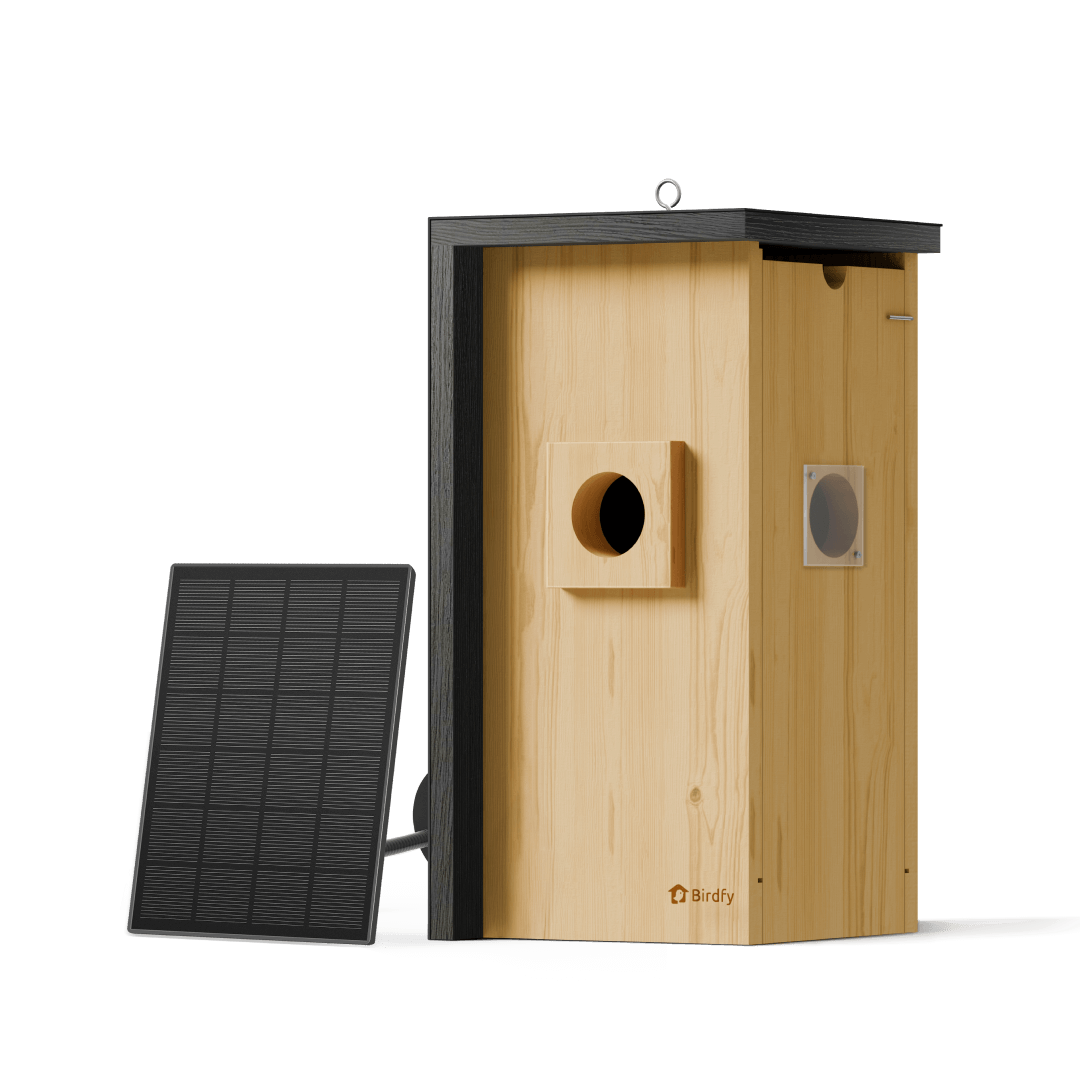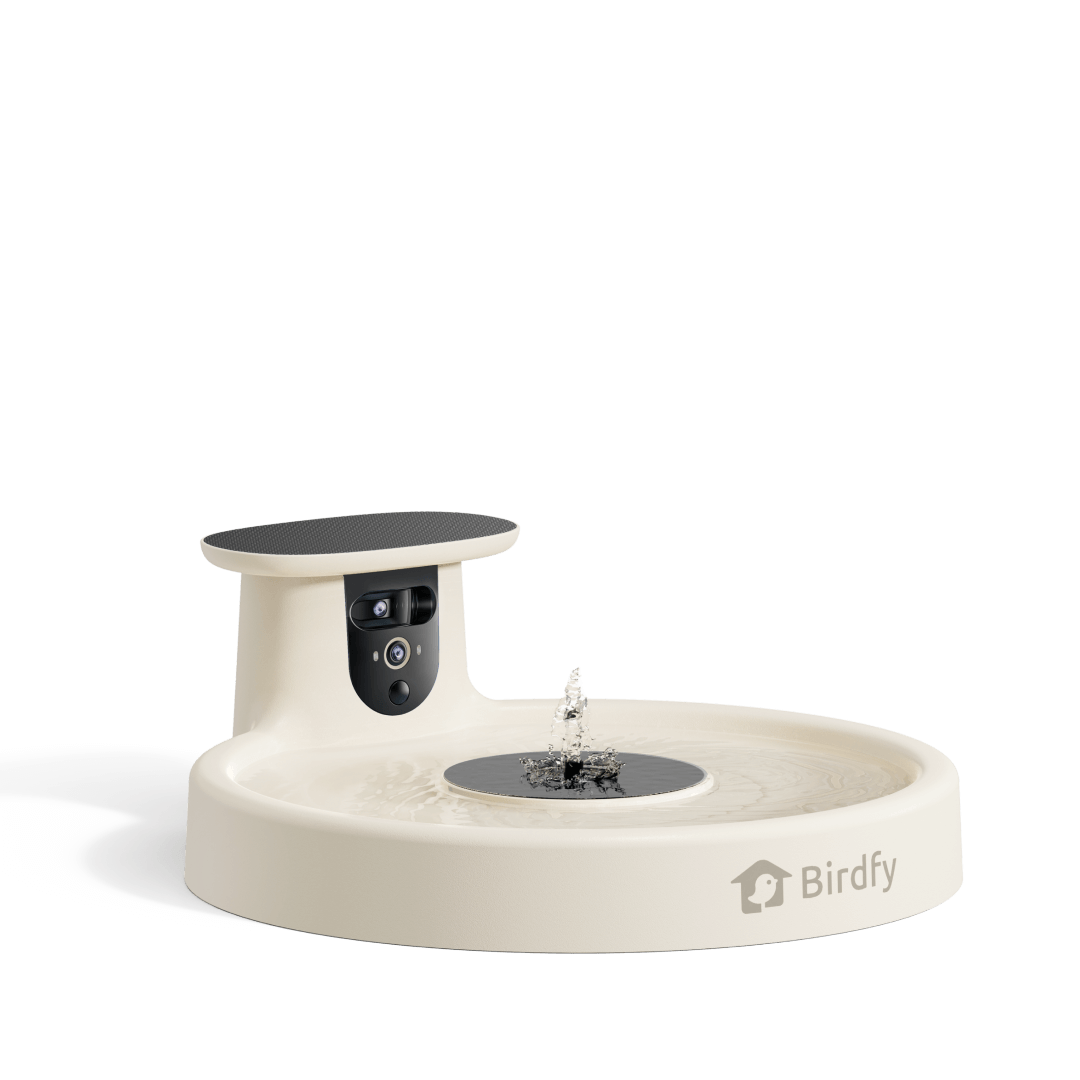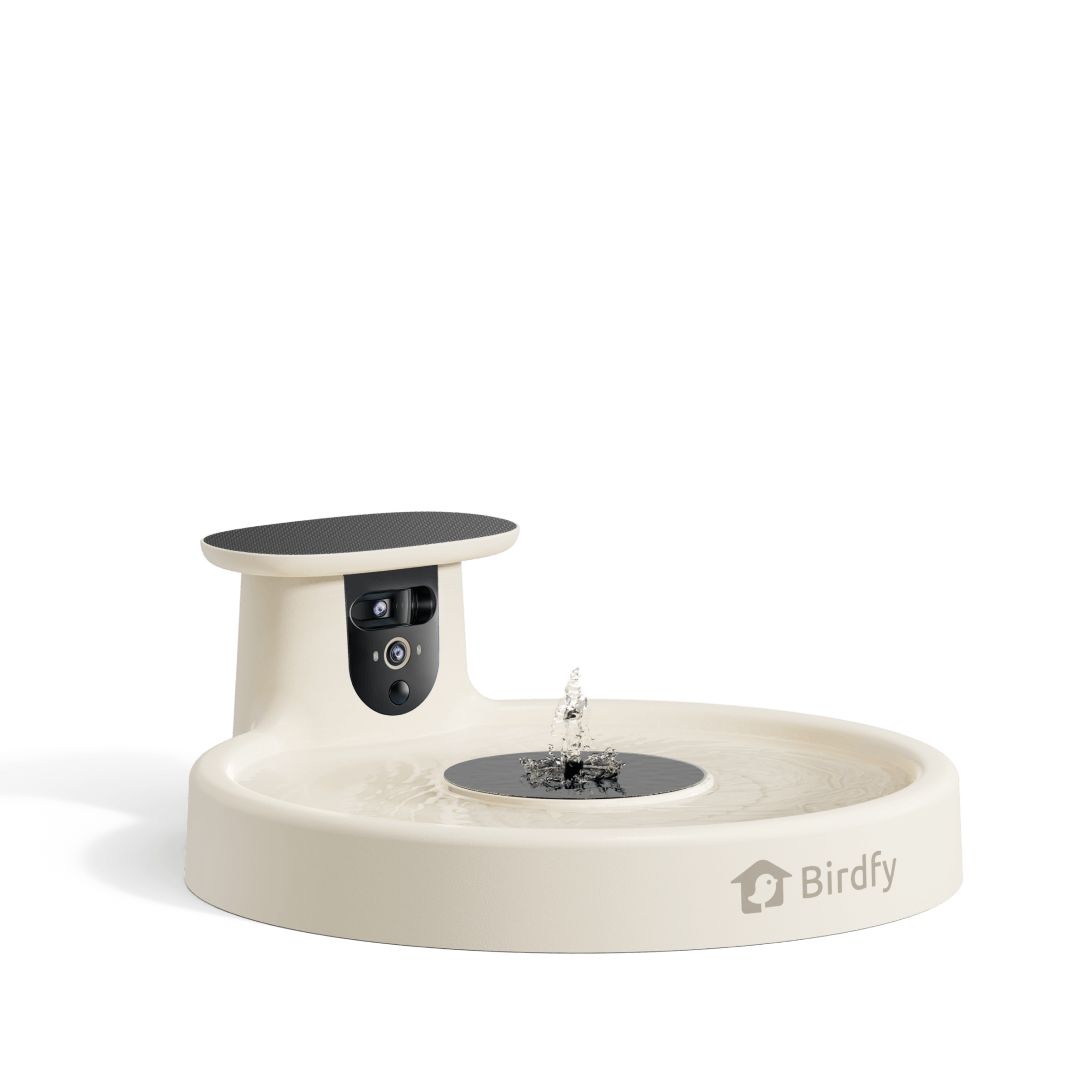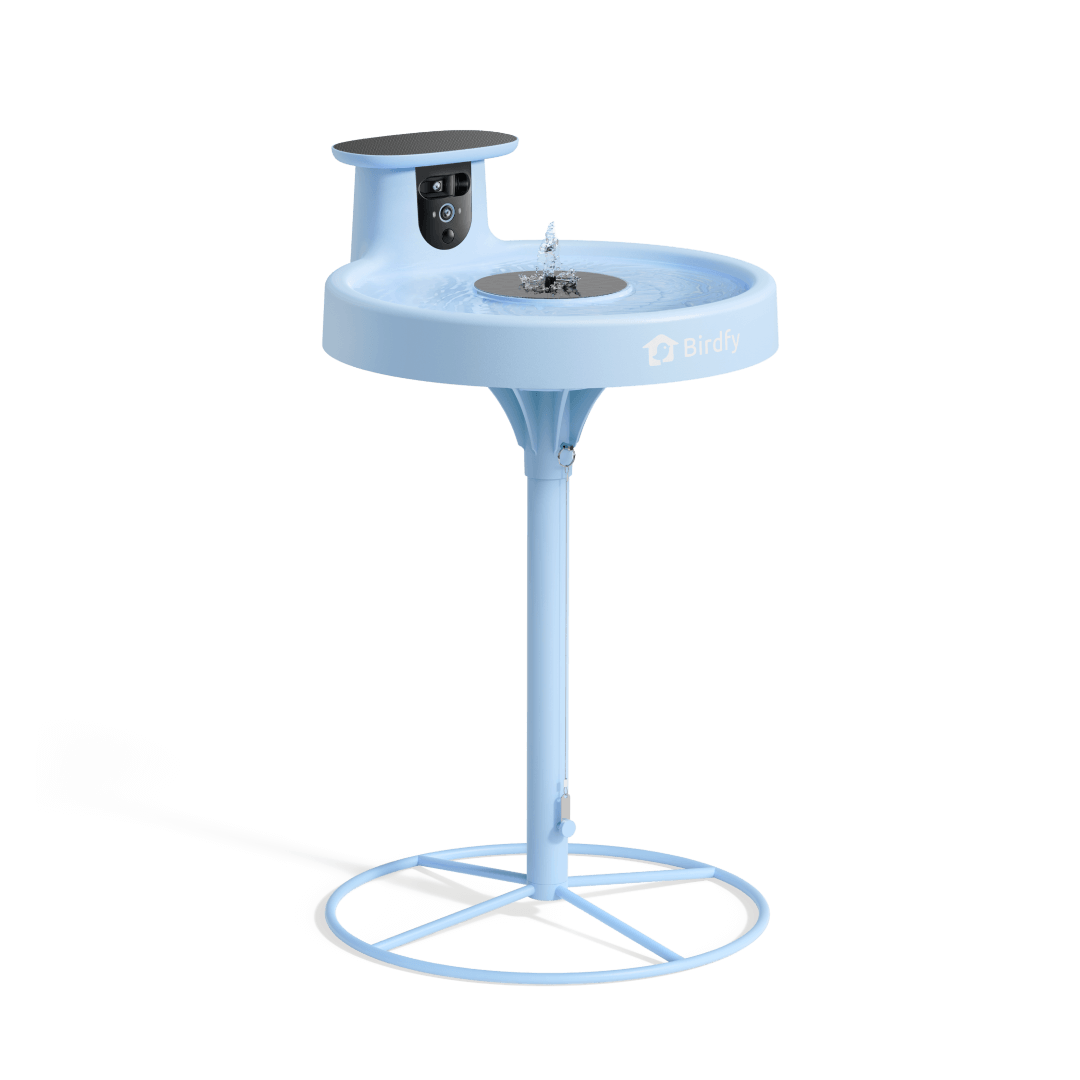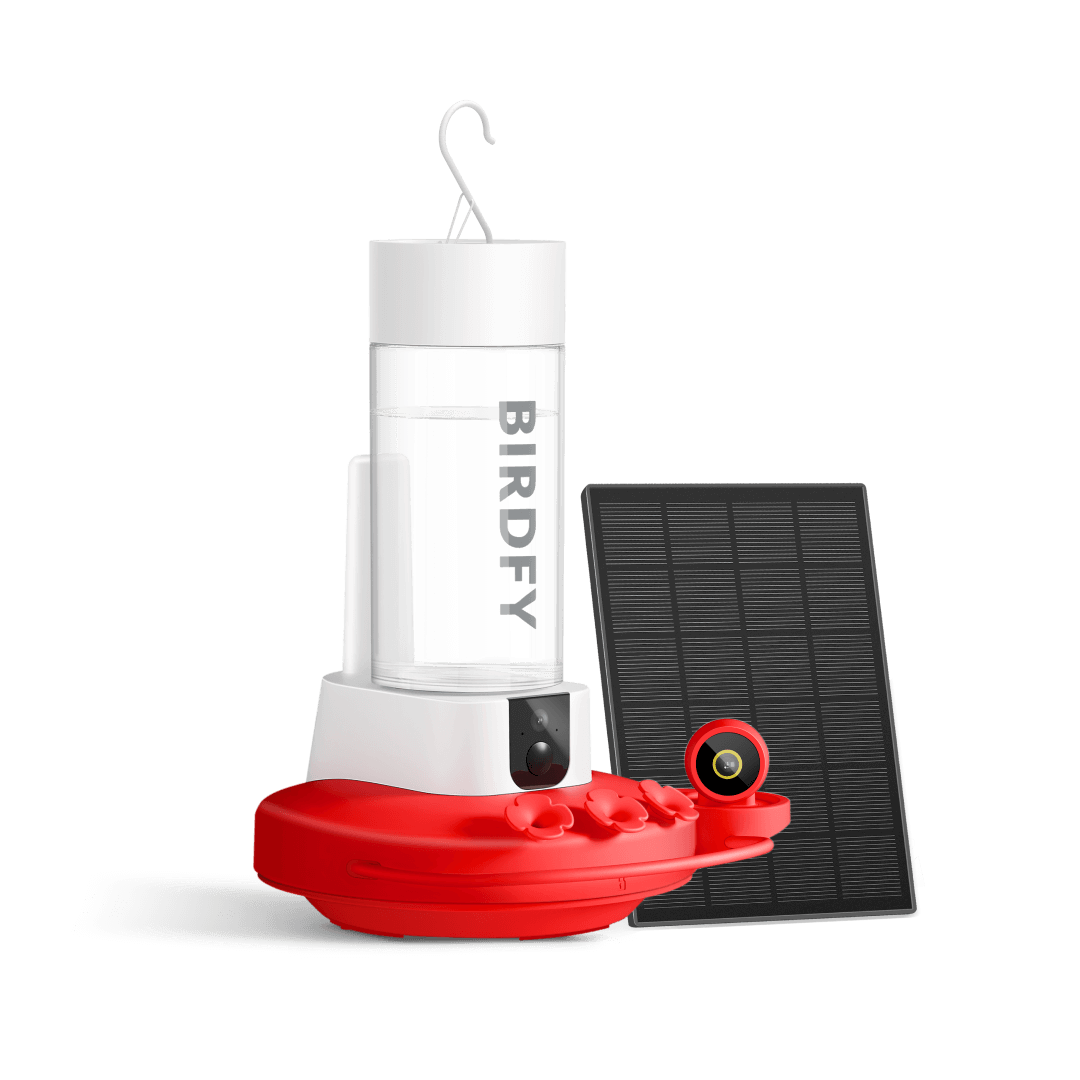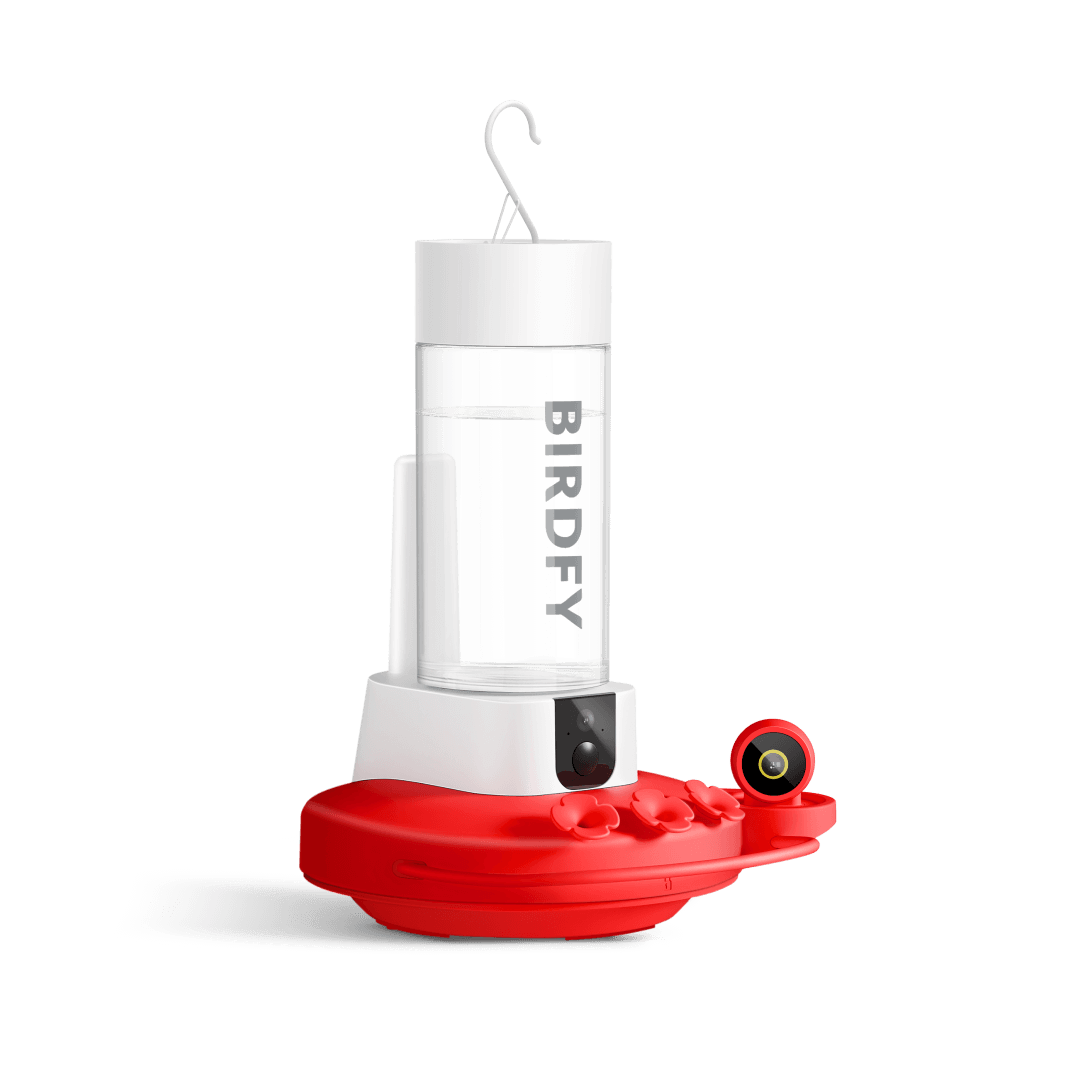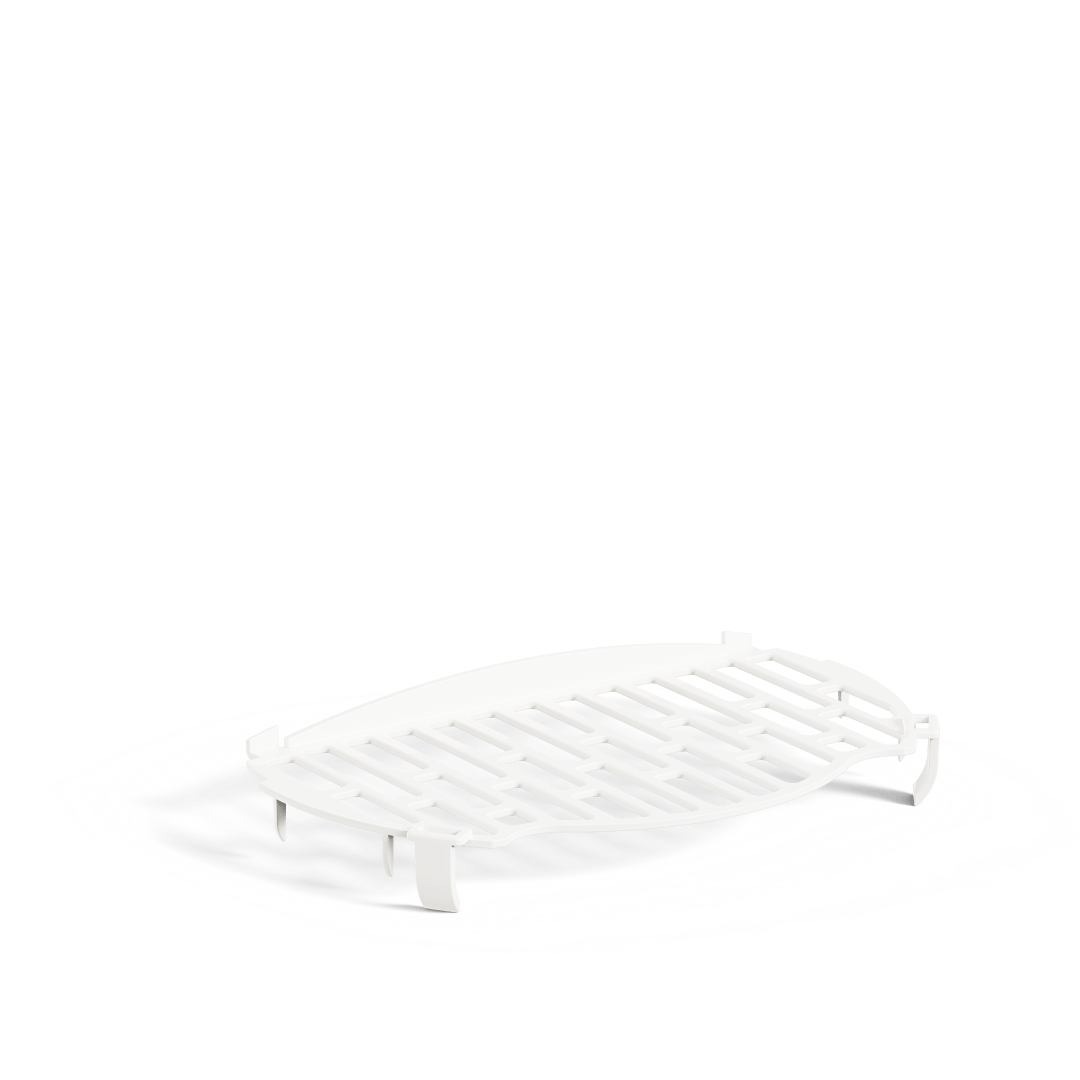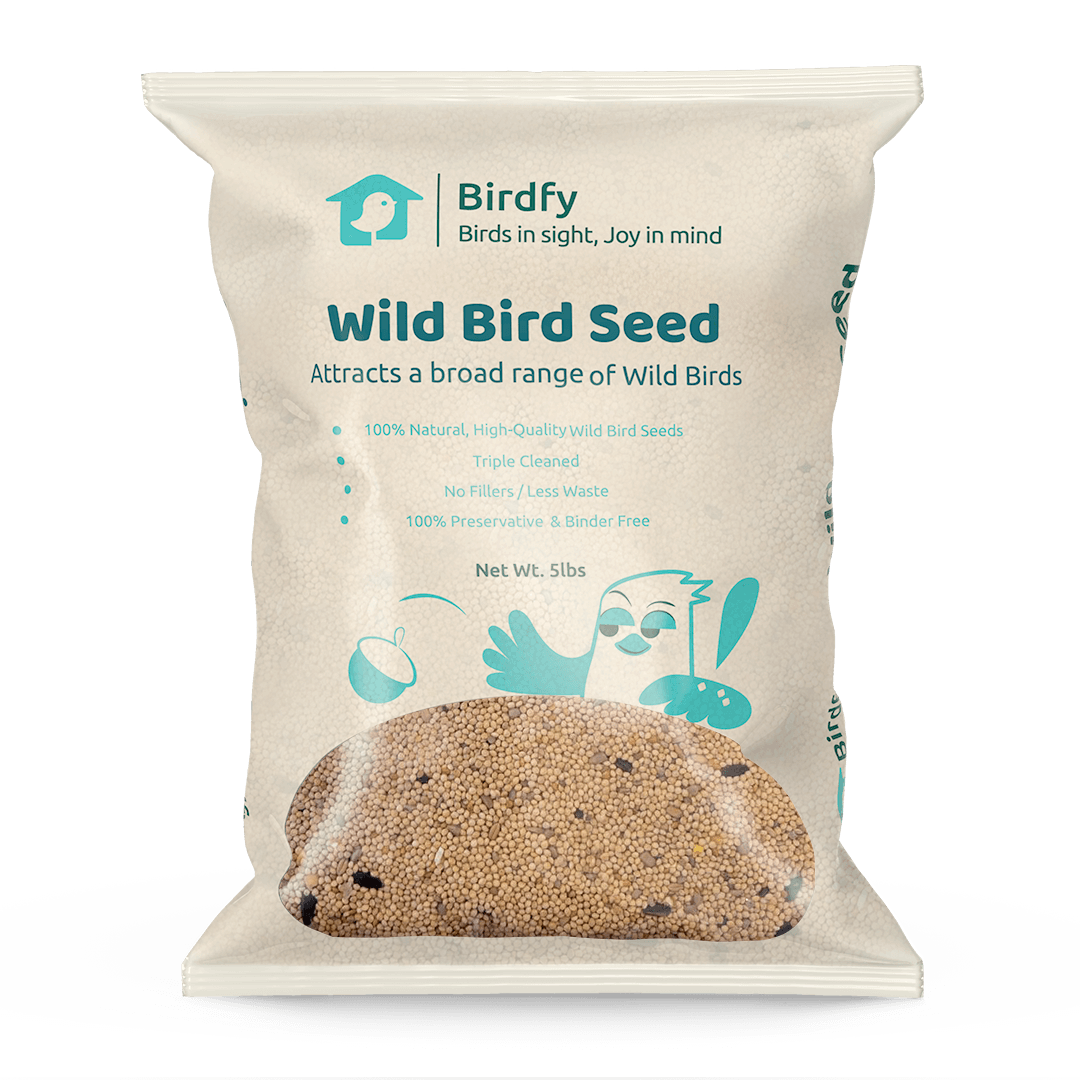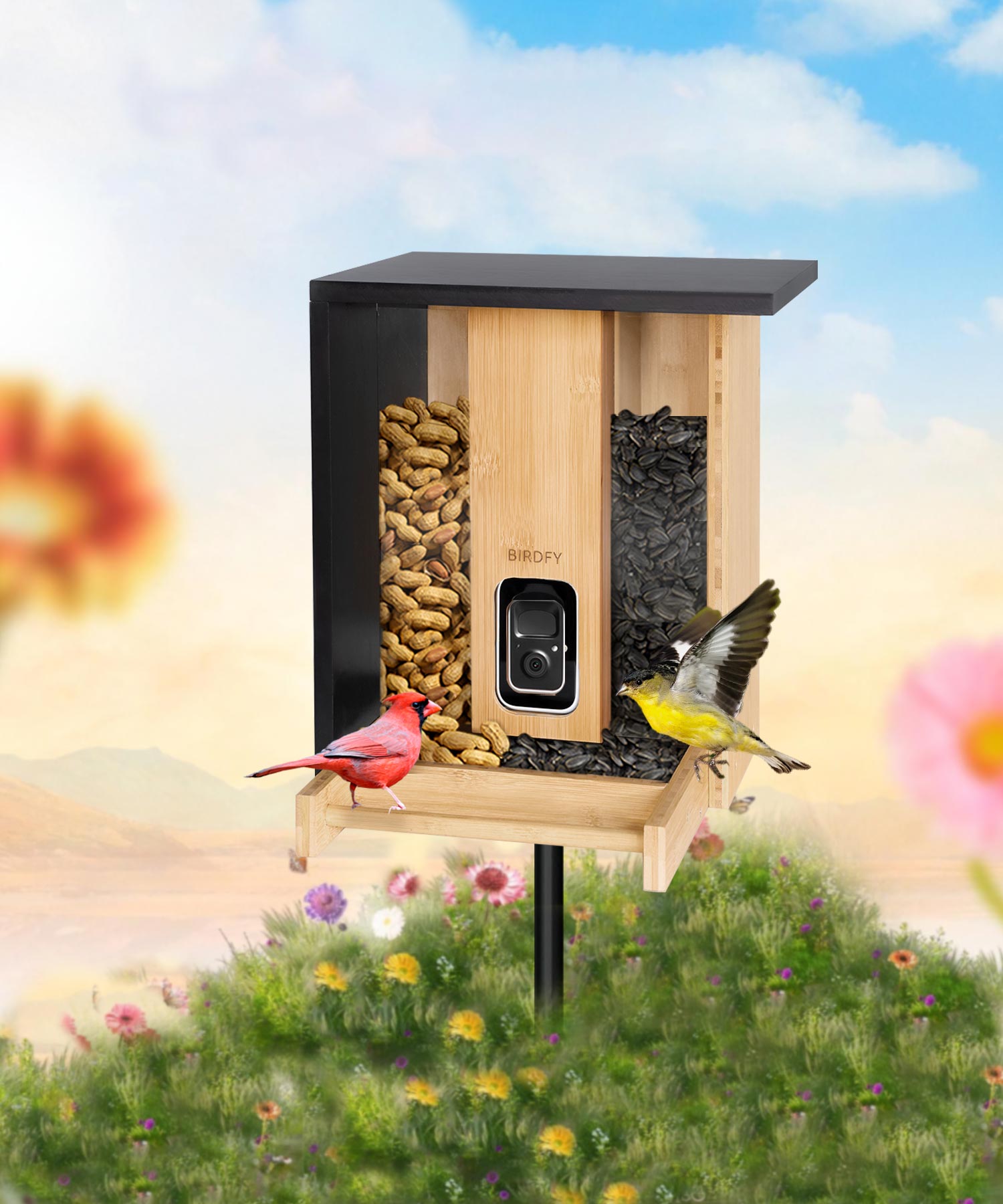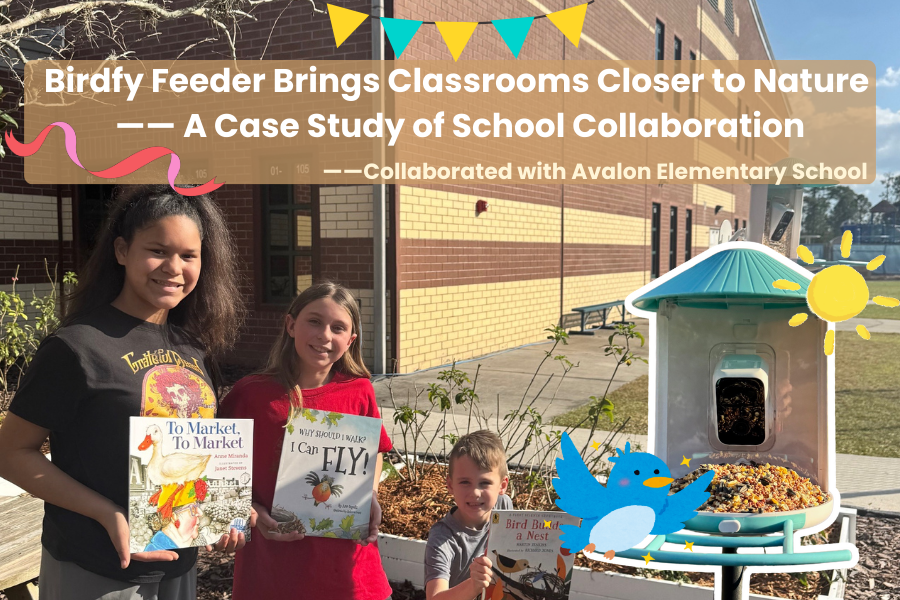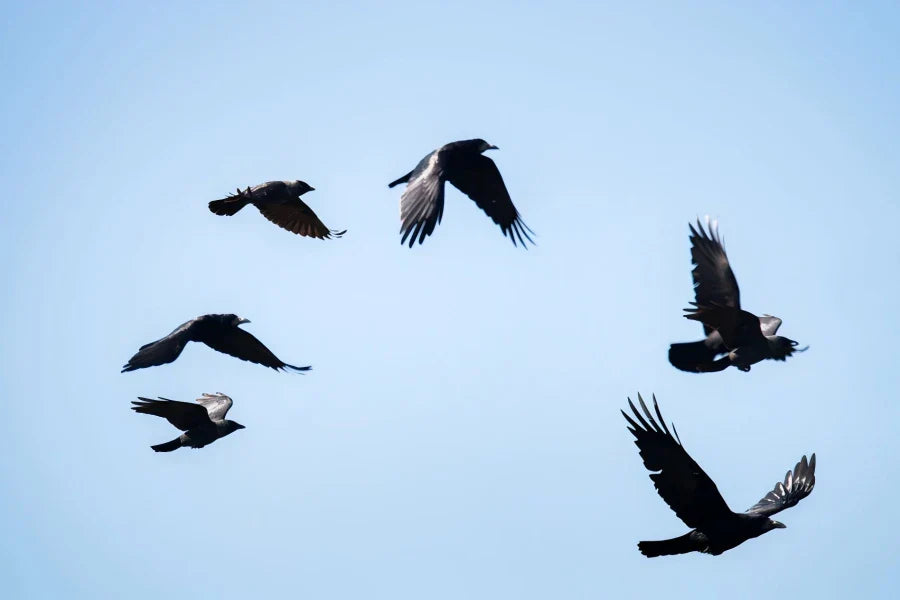House Sparrow Vs. Carolina Wren: A Comparative Study Of Two Beloved Backyard Birds
In North America, two of the most recognizable and cherished backyard birds are the Carolina Wren (Thryothorus ludovicianus) and House Sparrow (Passer domesticus). Although both species enjoy the allure of city and suburban settings, they are different due to their individual traits, habits, and vocalizations.
Introduced from Europe, the House Sparrow is renowned for its gregarious disposition and ability to adapt to human environments; it is frequently observed foraging in flocks. On the other hand, the native Carolina Wren, which prefers lush gardens and shrubs, enchants birdwatchers with its melodic voice and lively attitude.

Given that these two species coexist in many neighborhoods, knowing how they differ and how they are similar helps you appreciate the diversity of birds in our environment. This comparative study sheds light on how they coexist peacefully by examining their physical characteristics, habitats, vocalizations, and behaviors. By investigating these two backyard favorites, you can better understand the complex natural equilibrium in your backyards.

Is A Wren The Same As A Sparrow?
Well, to compare, a wren is not a sparrow. Although the house sparrow and the Carolina wren are as alike as they are members of the same order – Passeriformes – they belong to different families. The house sparrow is in the family Passeridae, while the Carolina wren is in the Troglodytidae family. Such family differences become a cause of specific changes in the external and internal appearance of individuals and the functions of the environment among them.
How To Tell The Difference Between A Sparrow And A Wren?
Sometimes, it is easier to differentiate between a house sparrow and a Carolina wren depending on size, color, shape, and where they can be located. Below is a comparison table to help differentiate the two species:
|
Feature |
House Sparrow |
Carolina Wren |
|
Size |
6.3 to 7.5 inches long |
4.5 to 5.5 inches long |
|
Coloration |
Brown and gray with black streaks (males) |
Reddish-brown with a white eyebrow stripe |
|
Body Shape |
Stocky, short-tailed |
Slender, long-tailed |
|
Bill Structure |
Conical, strong (for cracking seeds) |
Slender, pointed (for insect foraging) |
|
Nesting Behavior |
Builds nests in human-made structures |
Nests in dense shrubs or tree cavities |
|
Song |
Short chirps and trills |
Loud, melodious, varied song |
|
Diet |
Seeds, grains, and human food scraps |
Primarily insects, spiders, and some seeds |
Sparrow Vs. Wren Nest
Breeding is essential to both species, and the two species exhibit different forms of nesting behavior.
House Sparrows Nesting
Construction: House sparrows build a giant, messy nest from various materials: grass, feathers, pieces of string, or pieces of paper. Fledges are identified in artificial systems, including gutters, eaves, and lamps because they defend the systems against predators and storms.

Reproductive Behavior: Domestic house sparrows, a widely-breeding bird species, can breed more than once a year. The female of the species typically produces 3-6 eggs, and the hatching period takes nearly 10 to 14 days. The species is a nest predator and shows very high aggression in nest sites in that it tends to usurp nesting sites from native birds.
Carolina Wren Nesting
Construction: Carolina wrens, however, perch in less distinct areas for their nest, including hollow trees, strong bush dens, or nonfunctional building structures. Female coups weave nests bowls of twigs, leaves, and feathers, often arranged and hidden from predators.

Reproductive Behavior: The Carolina wrens breed lays 3 to 6 eggs that take 12 to 16 days to hatch. Carolina wrens are monogamous birds that can be together throughout their breeding lives, and both will build the nest and provide the young.
Sparrow Vs. Wren Mating
The mating rituals of house sparrows and Carolina wrens highlight their behavioral differences.
House Sparrow Mating: These birds are known to be aggressive in territories, especially when courting, leading to the formation of ill-defined breeding colonies. The males use songs and various postures for dances to attract the females. Once paired, the male helps develop the nest; however, sparrows are relatively less fussy about nest sites than are Carolina wrens.
Carolina Wren Mating: Carolina wrens have an exclusive pair bond system, meaning it’s a one-mate-for-one partner kind of bird. The male performs loud intermission and polyphonic songs to court the female, not to mention that the song also focuses on gaining territory. Their vocal repertoires may be significant, encompassing dozens of different song types. They don’t fight like sparrows but are very defensive of their nest.
Sparrow Vs. Wren Eggs
How many eggs a sparrow and wren produce? What are their egg colors, shapes, and sizes? All are discussed below!
Sparrow Eggs: Sparrow eggs are generally small and may be colored white, pale blue, or light grey with speckles. They may produce 2-4 eggs or even 3-6 eggs in one clutch. Compared to wren eggs, these eggs are more or less a regular shape and are not primarily elongated.
The house sparrow eggs are oval, and its length is about 0.82 in and its breath is around 0.6 in. The color and markings can vary from nest to nest and even within the same clutch.

Egg color varies from light brown to greenish or bluish-white. Markings are also variable but are generally dotted with a mix of gray or brown spots.
Wren Eggs: Wren eggs are also diminutive but are usually tapered on one end. The color is typically white or pale blue, and usually, the cloth is printed with reddish-brown spots. They breed generally 4-7 eggs in one sitting. Given that wren nests are cup-shaped, even their eggs are not as vulnerable to exposure as the sparrows’.

Sparrow Vs. Wren Fledglings
While the House Sparrows have grayish-speckled feathers, the Carolina Wren has more vibrant feathers with rich brown and buff tones in fledgling.
Sparrow Fledglings: Sparrow young are altricial, that is, hatched naked and blind and entirely dependent and tiny in size at birth. They demand so much attention from both parents. Sparrows, for instance, take only about 12 to 19 days to fledge, that is, leave the nest. At this age, both parents feed them to a diet of insects and seeds to enable them to grow.
Wren Fledglings: Like the sparrow, wren’s young are altricial and mainly depend on the parents for warmth, protection, and food. Common Wren young ones can fly after 15 – 18 days and fledge now; both parents feed the young ones. More specifically, the wrens mainly offer a diet of insects and small invertebrates to the youthful ones to facilitate the development of proteins.
Sparrow Vs. Wren Feeding Habits
The feeding behaviors of the house sparrow and Carolina wren reflect their adaptations to different diets and habitats.
House Sparrow Diet: House sparrows are non-selective, although predominantly granivorous. Hogs eat grains, seeds, and scraps of food left over by humans in their dwellings. They have long, strong, conical, and sharp beaks for seed openings suitable for urban and agricultural areas. These birds run across parks, sidewalks, and areas near eating places for humans and other animals.
Carolina Wren Diet: Carolina wrens feed primarily on insects, spiders, and other forms of small invertebrates most of the time. They display ethological behaviors, including flipping the leaves to look for food and probing in crevices. In winter, when these insects are hard to come by, they are known to feed on seeds, berries, and other plant products. Because of their long, thin bills, the two species are highly effective at probing for insects in crevices.
Other Considerations
Besides the fact that both species inhabit similar environments, they are ecologically distinct in many ways. The house sparrow is an aggressive, invasive species that outcompetes and displaces natives; it can take over urban environments. On the other hand, Carolina wrens are ecological benefactors that help reduce the quantity of insects and are essential for the health of the forest and garden.
Conclusion
House Sparrow and Carolina Wren each add a unique charm and personality to our backyards. The Carolina Wren enthralls with its brilliant singing and striking look among dense foliage, while the House Sparrow thrives in urban environments with its adaptive and gregarious character. Knowing the variations between them—from physical characteristics to nesting habits—helps us appreciate these common yet notable birds even more. You can understand the diversity and beauty of bird life directly outside your windows by creating habitats that support both species. Taking in the sights of these two backyard favorites enhances your life and strengthens your bond with nature.
Share



